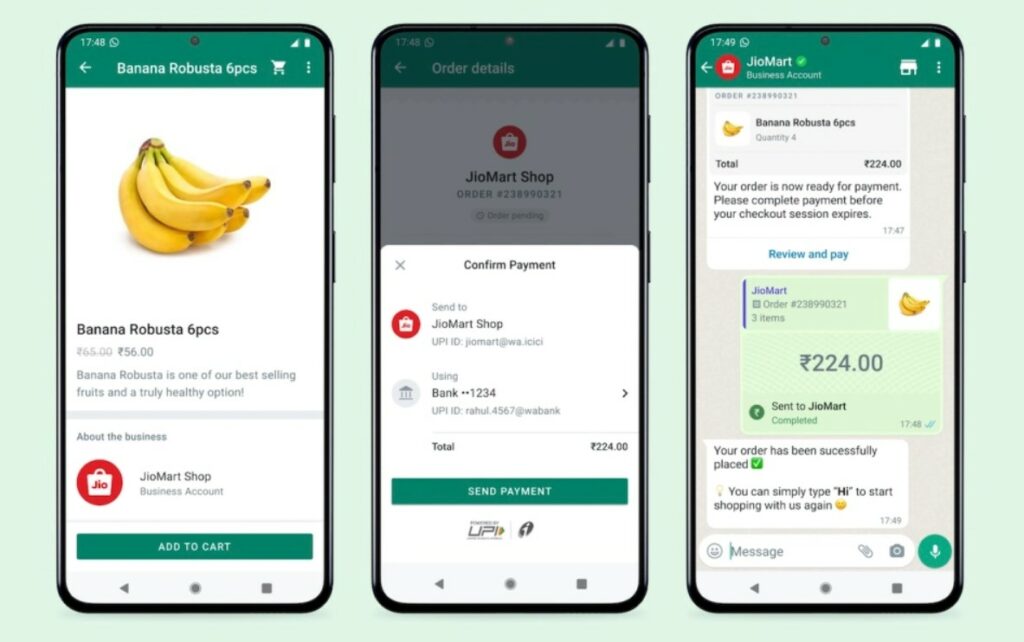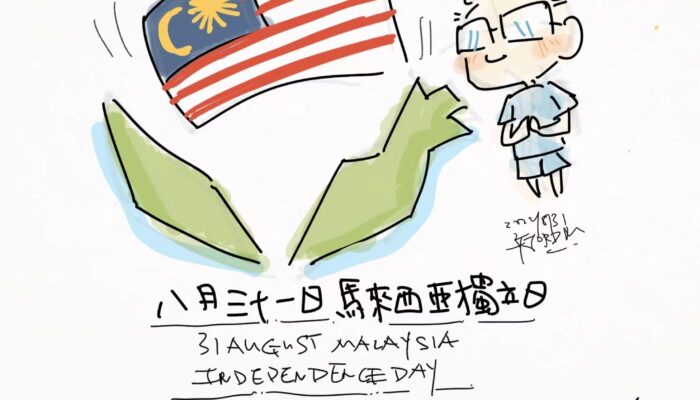
9-2 #831MsiaDay : ARM sues Qualcomm and Nuvia; LGES and Honda has established a JV; OPPO to drop inbox charger in next 12 months; etc.

EU antitrust regulators will not appeal a court ruling scrapping its EUR997M (USD991M) fine against Qualcomm, in a major win for the U.S. chipmaker that ends a long-running saga. The Luxembourg-based General Court, Europe’s second-highest, in its Jun 2022 judgment was scathing of the European Commission’s handling of the case, saying procedural irregularities had affected Qualcomm’s rights of defence. In 2018 the Commission said from 2011 to 2016, US-based chip maker Qualcomm illegally edged its rivals out in a deal with Apple to keep using its LTE baseband chips for 5 years. It then fined Qualcomm EUR997M for its behavior, citing antitrust rules. (Reuters, Apple Insider)
TECHCET has announced the Silicon Wafer market for semiconductor applications, including SOI wafers, will grow to USD16B in 2022, about 12% above the USD14.2B recorded in 2021. Wafer shipments are expected to reach a record, with a forecasted 6% growth to 15.1B square inches. Shipment growth is essentially going to “cap out” given the limitations in available capacity for increased production. Any brownfield expansion is constrained and new greenfield capacity by suppliers will not have any appreciable impact until 2024. (Laoyaoba, Sina, EET-China, IT Home, UDN, TECHCET)
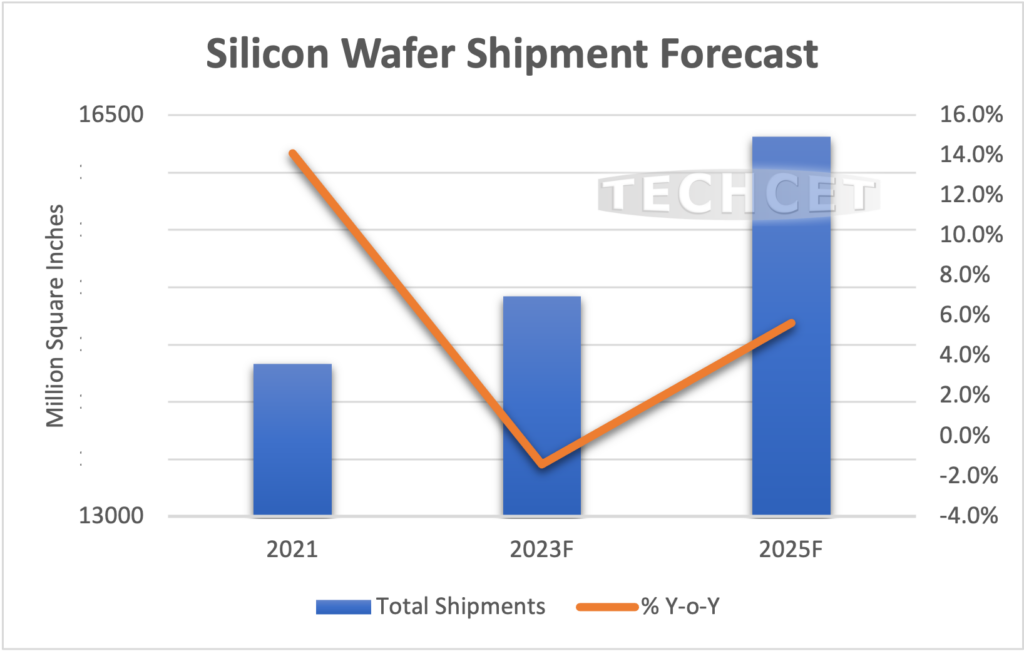
Qualcomm’s China president Meng Pu has indicated that Qualcomm will work with partners to build a better ecosystem in the auto industry in embracing auto intelligence. Qualcomm’s automotive technology powers more than 150M vehicles worldwide and works with many auto industry partners. Currently, it ranks first in global in-vehicle connectivity, car connectivity, and a new generation of top-level infotainment systems. The total value of its automotive business exceeds USD19B. (Laoyaoba, Xinhuanet, C114)
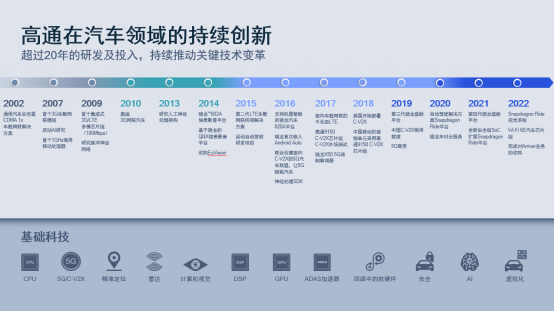
Chip technology firm Arm, which is owned by Softbank Group has said it had sued Qualcomm and Qualcomm’s recently acquired chip design firm Nuvia Inc for breach of license agreements and trademark infringement. Arm is seeking an injunction that would require Qualcomm to destroy designs developed under Nuvia’s license agreements with Arm. Armalleged its approval was needed before these could be transferred to Qualcomm.(CN Beta, Reuters, Tom’s Hardware, Axios, Bloomberg)
The top three semiconductor electronic design automation (EDA) tool makers recorded nearly 20% sales growth in 2Q22, compared to the previous year. EDA tools are essential software (SW) for semiconductor circuit design, and Synopsys, Cadence, and Siemens’ EDAs account for roughly 70% of the total market. High-speed growth is expected due to increased profits in the EDA industry following the transition to advanced processes as well as the expansion of the market base such as packaging. (My Drivers, UDN, ET News)

TSMC CEO C. C. Wei has indicated that an endemic shortage of chips costing anywhere from USD0.50 to USD10 is slowing down swathes of the USD600B semiconductor industry. The persistent deficit of such low-end chips is holding up production in key segments of the supply chain. ASML Holding NV of the Netherlands is struggling to obtain USD10 chips for its extreme ultraviolet lithography systems (EUVs). He has revealed that TSMC can no longer meet demand for low-end chips at legacy factories, and it is building new plants, suggesting that even mature chips may cost more in the months ahead. These include a new 28nm factory in China that will begin production in 4Q22, according to TSMC VP Y. L. Wang. Shortages are showing up as a result of automakers adding more features to cars and increasing the silicon used by 15% every year, while smartphones now require 2-3 times the number of power management chips they did 5 years ago.(Apple Insider, Bloomberg, Wallstreet CN, Sina)

Samsung has filed a patent application for a new smartphone design. The patent teases a dual-screen phone with a transparent display at the back. According to the application, the second display blends in with the rest of the phone’s back panel when not in use. The patent document states that the transparent display can “visually expose at least a portion of an inner area of the second surface”. Another potential use case is a notification panel.(Android Authority, SamMobile, WIPO)
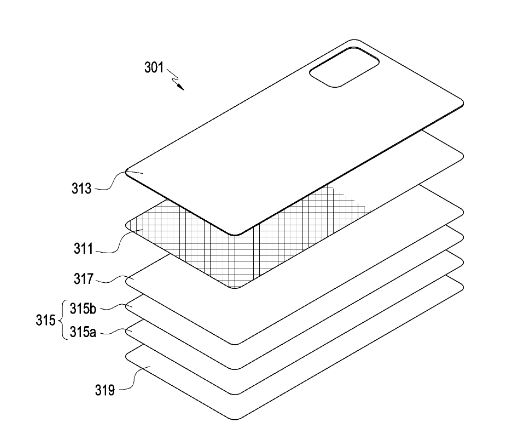
Samsung Display is reportedly considering both ultra-thin glass (UTG) and transparent polyimide (PI) film to use as cover windows for foldable OLED panels aimed at tablets and notebooks. The company currently uses UTG for foldable OLED panels it manufactures for smartphones such as the Galaxy Z Fold and Galaxy Z Flip series. However, it is considering PI films for larger devices as if the panels get larger durability becomes more of an issue. UTG has an advantage in visibility but it is more vulnerable to external shocks than PI films. (Android Headlines, Android Police, The Elec, SamMobile)
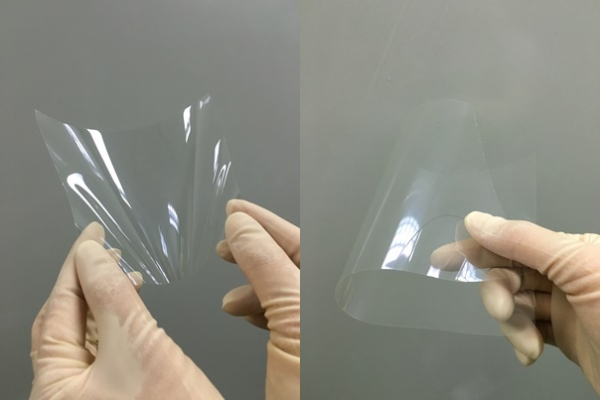
According to German gfu, the organizer behind the IFA, TV sales amounted to EUR1.6B in Germany in 1H22, with OLED TVs accounting for 29% of the total, according to gfu. This represented an increase of 7 percentage points from the same period of 2021. In 2021, German OLED TV sales grew by 24% from the previous year to EUR1.10B, breaking through the milestone of EUR1B for the first time in history. Europe is the biggest TV market in the world and the largest battlefield among global home appliance makers. According to Omdia, Europe accounted for 23% of the global TV sales of 213.5M units in 2021. LG Display is leading the world in OLED panels. It is supplying about 90% of OLED panels for TVs around the world.(Laoyaoba, Business Korea, TechNews)

TF Securities analyst Ming-Chi Kuo predicts that Apple’s iPhone 14 Pro will feature a new Ultra Wide camera with a larger sensor for better low light sensitivity, but the technology will come at a significant cost increase. The two iPhone 14 Pro models will have an Ultra Wide sensor with larger 1.4µm pixels compared to the previous generation Pro models. For reference, the iPhone 12 Pro and iPhone 13 Pro models all have a 1.0µm pixel pitch. The increased pixel size should result in improved light capture and decreased noise in low-light images, but the combined component costs – specifically the CMOS image (CIS) sensor, voice coil motor (VCM), and compact camera module (CCM) – will be up to 70% more expensive than those used in previous models. (GSM Arena, Twitter, MacRumors, Medium)
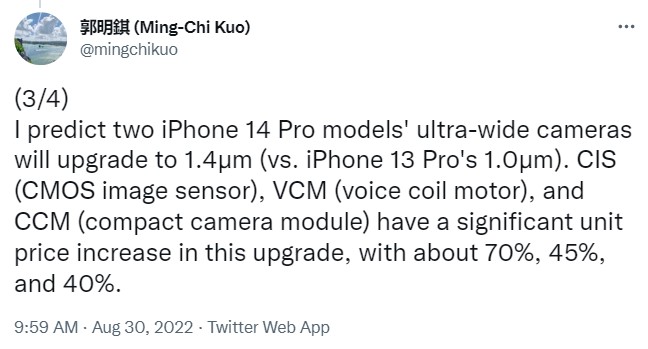

Storage manufacturer Seagate has announced new-design LaCie Mobile Drive and LaCie Mobile Drive Secure hard drives with encryption, and made from sustainable materials. Seagate has unveiled a pair of new LaCie Mobile Drive HDD options. Both offer between 2TB and 5TB capacities, the Secure version features hardware encryption and a lock/unlock feature in software. (Apple Insider, Lacie, CN Beta)
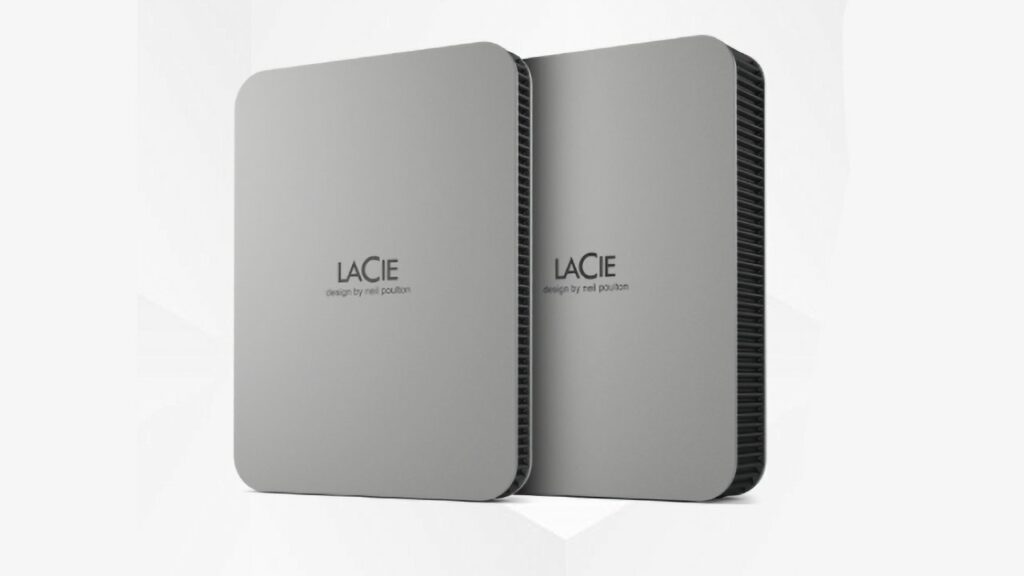
SMART Modular Technologies, a division of SGH and a global leader in memory solutions, solid-state drives, and hybrid storage products announces its new Compute Express Link (CXL) Memory Module, the XMM CXL memory module. SMART’s new DDR5 XMM CXL modules helps boost server and data center performance by enabling cache coherent memory to be added behind the CXL interface, further expanding big data processing capabilities beyond the current 8-channel/12-channel limitations of most servers. (CN Beta, Business Wire, Yahoo)
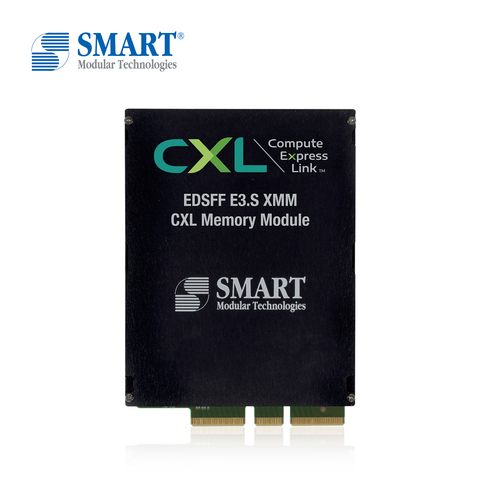
According to TrendForce, moving into the second half of 3Q22, the lack of a peak season has led to a delay in inventory destocking. Transactions in the NAND Flash market have been frosty. Buyers are watching passively and tend not to negotiate pricing. Pressure on factory inventory has reached a breaking point and manufacturers are bottoming out pricing in order to make a deal. This move will lead to a further decline in manufacturer pricing. TrendForce once again revises downward 3Q22 NAND Flash wafer contract prices and the decline of pricing is estimated to balloon to 30-35% from the original estimate of 15-20%. (CN Beta, TrendForce, TrendForce)

LG Energy Solution (LGES) and Honda Motor have announced an agreement to establish a joint venture (JV) company to produce lithium-ion batteries in the U.S. to power Honda and Acura EV models for the North American market. With this agreement, LGES and Honda will invest a total of USD4.4B and establish a new JV plant in the U.S. The plant aims to have an annual production capacity of approximately 40GWh. The pouch-type batteries produced at the new JV plant will be supplied exclusively to Honda facilities in North America. The two companies aim to begin construction in early 2023, in order to enable the start of mass production of advanced lithium-ion battery cells by the end of 2025. (The Verge, CNBC, PR Newswire, Inside EVs, Korea Bizwire)
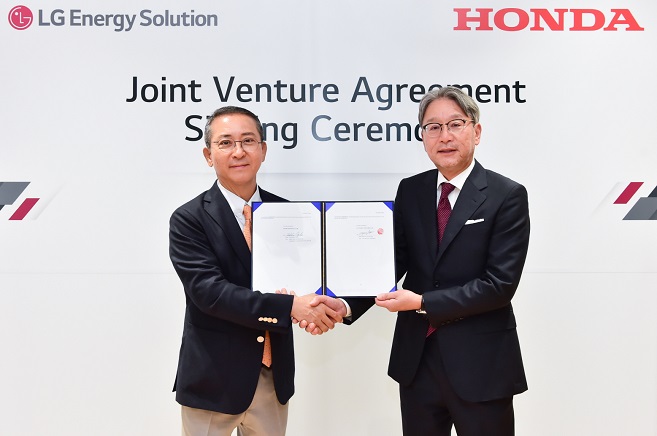
LG Chem is building the 4th CNT plant at the Daesan plant in Seosan, Chungcheongnam-do. A production capacity of Factory 4 is 3,200 tons which is the largest production capacity of a single plant in Korea. It is the expansion of the 4th factory followed by the commercial operation and the start of construction of Yeosu 2nd and 3rd factories. The three factories in Yeosu have an annual production capacity of 2,900 tons. LG Chem will secure a total of 6,100 tons of MWCNT production including the construction of the 4th plant. CNT is a core material that supplement the performance of EV battery materials. The CNT market for EV battery is expected to grow to KRW3T (USD2.3B) by 2030. Demand of CNT is expected to grow by more than 30% annually from 5,000 tons last year to 70,000 tons in 2030. (Laoyaoba, Just-Auto, ET News)
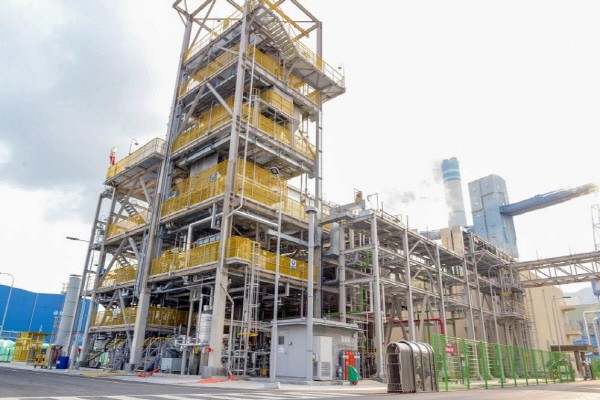
Toyota Motor has decided to invest up to JPY730B (about USD5.6B) in Japan and the United States toward supplying automotive batteries for battery electric vehicles (BEVs), for which demand is growing, and aims to begin battery production between 2024 and 2026. With this investment, Toyota intends to increase its combined battery production capacity in Japan and the United States by up to 40GWh. In Japan, a total of approximately JPY400B will be newly invested in the Himeji Plant of Prime Planet Energy & Solutions (PPES) and in Toyota plants and property, while in the United States, approximately JPY325B (about USD2.5B) will be newly invested in Toyota Battery Manufacturing, North Carolina (owned 90% by Toyota Motor North America and 10% by Toyota Tsusho Corporation) toward increasing automotive battery production. (CN Beta, Toyota, Reuters, Kyodo News, Bloomberg)
Tesla has officially surpassed 100 EV super-charging stations in Beijing on 30 Aug 2022, reaching a total of 890 super-charging piles in the city. Tesla owners in Beijing can now find charging stations within an average of 15 minutes. The company has deployed super-charging stations in China since 2014. At present, it has more than 1,200 super-charging stations and nearly 9,000 charging piles in China. Specifically, about 60% of V3 charging piles have the maximum charging power of 250kW, while the rest are V2 charging piles with maximum charging power of 120kW. In 1H22, Chinese Tesla owners used the firm’s charging network with more than 2.8Bkm of driving, up 61% year-on-year.(CN Beta, China Daily, Gasgoo, Pandaily, Weibo)
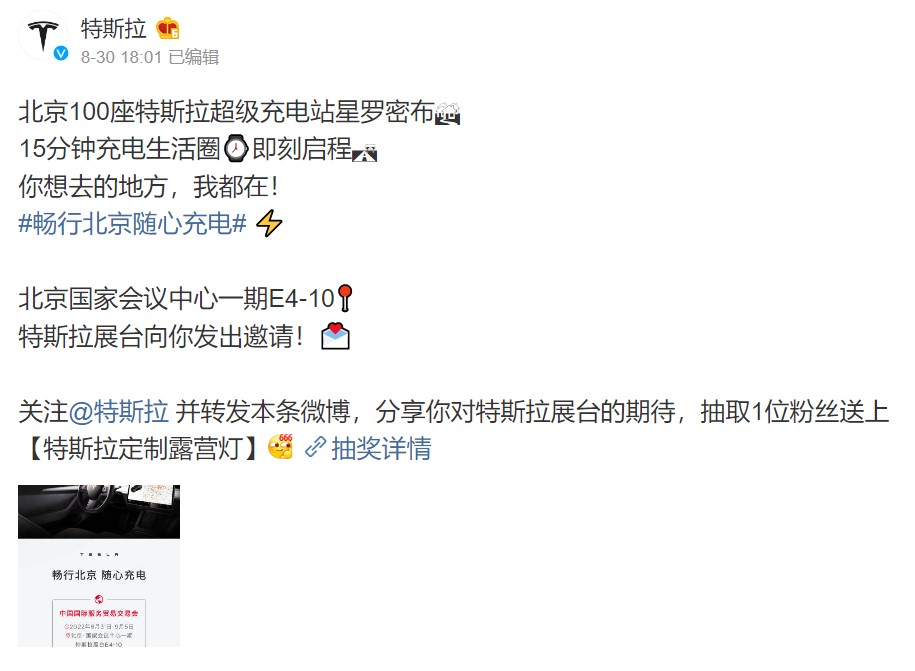
Tesla has unveiled a new virtual power plant using Powerwalls home battery pack on an island, Miyako-jima, in Japan. A virtual power plant (VPP) consists of distributed energy storage systems, like Tesla Powerwalls, used in concert to provide grid services and avoid the use of polluting and expensive peaker power plants. The project is called “Miyakojima VPP” because it is located on the island of Miyako-jima, the most populous island in the Okinawa Prefecture. Tesla announced that it started to install Powerwalls in partnership with the local electric utility in 2021, and it now has over 300 Powerwalls on the island as part of the VPP.(CN Beta, Electrek, Teslarati)
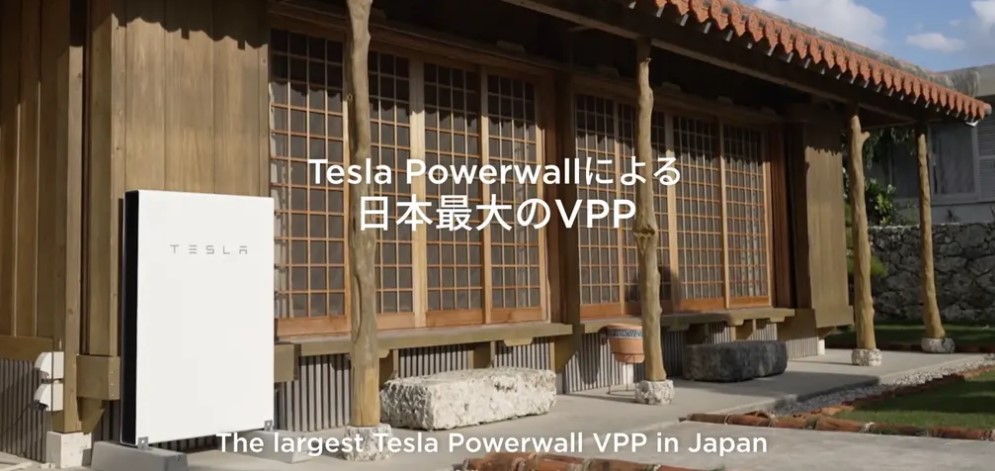
German auto supplier Bosch has said it will invest more than USD200M to build fuel cells for electric trucks in South Carolina. Bosch plans to expand an existing factory in Anderson, South Carolina, to build the fuel cell “stacks” starting in 2026. As part of Bosch’s local for local manufacturing strategy, the fuel cell stacks produced in Anderson will drive hydrogen-powered trucks coming to the roads of the U.S. in the next few years. The fuel cells built by Bosch in South Carolina will be used to power electric heavy trucks, including forthcoming models from Arizona-based EV truck startup Nikola. Nikola has begun pilot testing of a fuel cell-powered version of its Tre electric semitruck, with about 500 miles of range. The company expects to begin production of the fuel cell-powered Tre by the end of 2023, and to launch a second fuel cell truck with 900 miles of range in 2024.(CN Beta, CNBC, Globe Newswire)
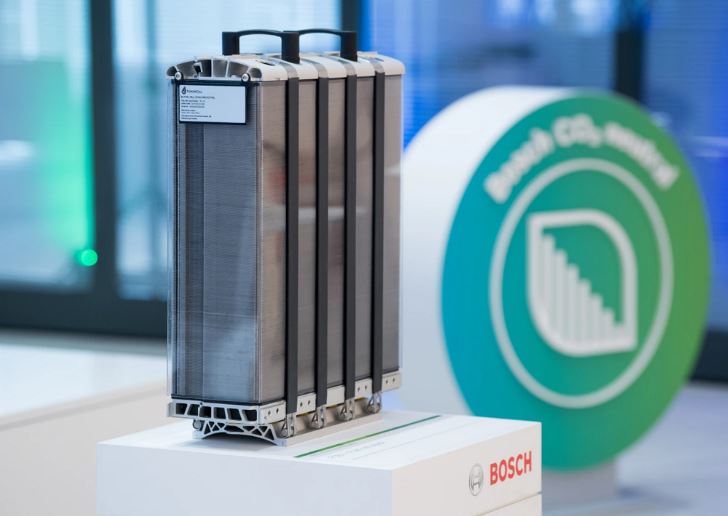
OPPO has confirmed it plans to drop the charger from the box of some products within the next 12 months. OPPO’s VP of overseas sales and services has confirmed the new strategy. (Android Headlines, Android Police, GizChina, CN Beta)

TF Securities analyst Ming-Chi Kuo has indicated that Apple is working on satellite connectivity for the iPhone 14 and completed hardware tests for the feature ahead of mass production. He says that Apple has the hardware support for satellite connectivity, but whether the iPhone 14 will support satellite communications depends on “whether Apple and operators can settle the business model”. Apple is allegedly working with Globalstar, and Kuo says that is indeed the operator that Apple is most likely to partner with. (Medium, The Verge, MacRumors, MacRumors, Twitter)
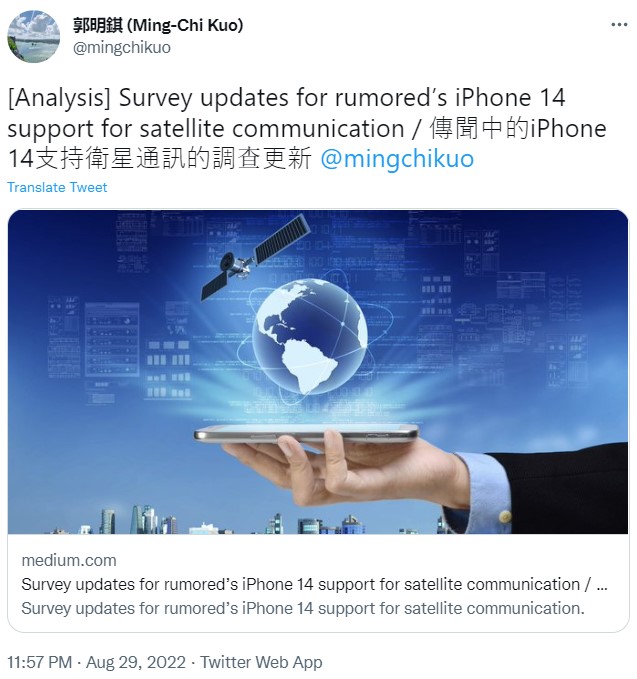
USB Promoter Group has announced USB4 Version 2.0. It supports double the transfer speeds of its predecessor, with up to 80Gbps. The new standard will be backwards compatible with USB4 version 1.0, SB 3.2, USB 2.0, and Thunderbolt 3, but not with USB 1.0 and Thunderbolt 4. The USB4 2.0 specifications will be updated for USB Type-C and USB Power Delivery (USB PD) as well. Due to licensing issues, USB and Thunderbolt have been updating parallely. (Neowin, USB)
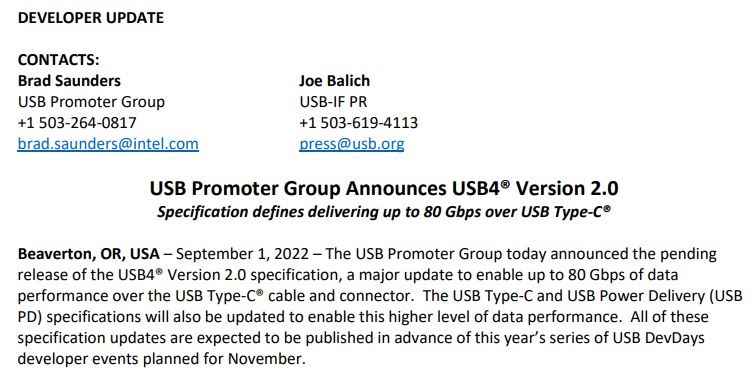

Snap has announced its most radical restructuring as the social media company seeks to reassure investors with scaled-back ambitions in the face of its slowest-ever growth. The company is laying off a fifth of its 6,500-strong workforce and slashing investment in initiatives including augmented reality glasses, video content production and games — amid an advertising slump, increased competition and macroeconomic woes.(Engadget, SEC, Financial Times, The Verge, CN Beta)
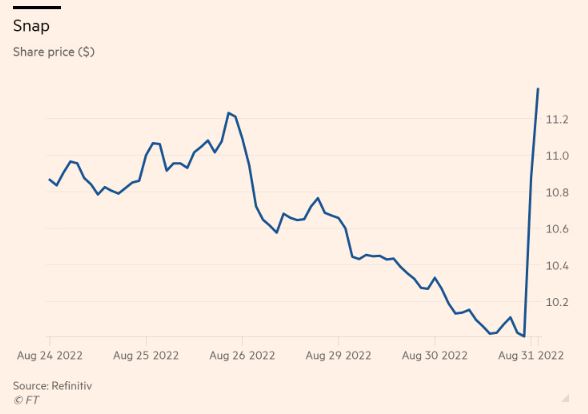
Apple has invested USD1B in China’s Didi Global company after 6 years, its representative has quietly left the board. Didi Global bought out Uber China in Jul 2019 for USD1B, and later that year, Apple invested the same amount in the company. As part of that deal, Apple got to put its vice president of corporate development, Adrian Perica, onto the Didi board. Perica has now left the board and does not appear to have been replaced by any other Apple executive.(Apple Insider, Bloomberg, Business Standard, Yahoo)
HMD Global has launched a new smartphone subscription service called Circular. It allows Nokia phone owners to invest in charitable and environment-friendly causes by keeping their phones longer. Users will earn credits called “Seeds of Tomorrow” that let them invest in eco-friendly and humanitarian causes such as planting trees, keeping plastic out of rivers, and providing connectivity to remote areas. The program will also allow Nokia handset owners to return or replace their phones at any time after a period of three months. However, the seeds or credits will not count towards any discounts while buying new phones.HMD has also launched new Nokia phones that will be available with Circular subscriptions.(Android Authority, Nokia)
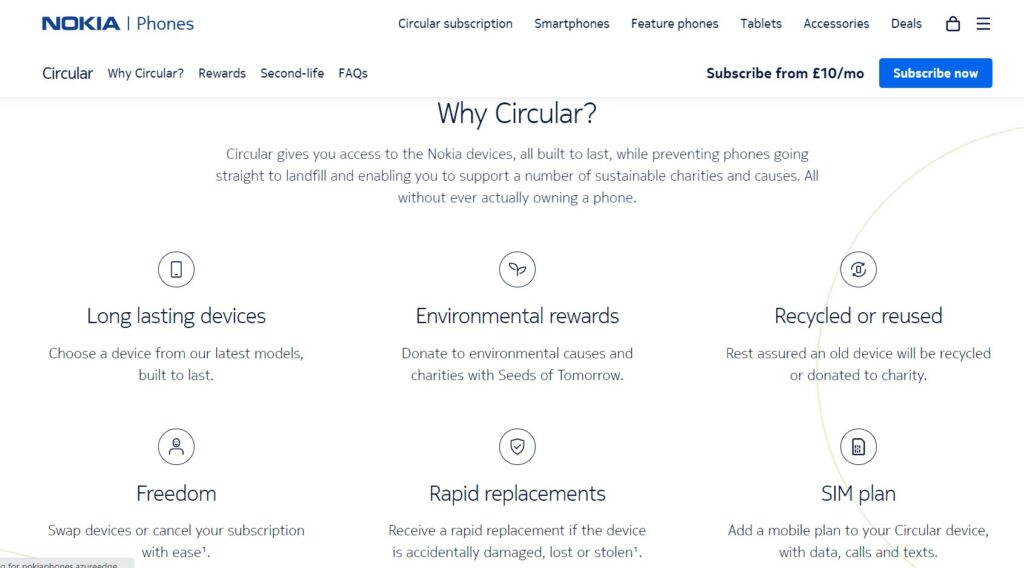
In a new draft proposal, the European Commission will be looking into the possibility of forcing smartphone and tablet manufacturers to make their devices more durable and easier to replace. This proposal aims to limit e-waste and if it goes through, the commission says it will reduce carbon waste that’s equivalent to 5M cars in the streets. The draft focuses on batteries and replacement parts. Manufacturers will be forced to provide at least 15 essential components for each device, 5 years after its release. Those parts include batteries, displays, chargers, back covers, memory card / SIM card trays. (GSM Arena, Europa)

Apple has applied for more trademarks using the “Reality” name in a number of territories. A series of filings linked to Apple have been found in a number of countries, including the U.S., the E.U., U.K., Canada, Australia, New Zealand, Costa Rica, and Uruguay. They all apply to the terms “Reality One”, “Reality Pro”, and “Reality Processor”.(Apple Insider, Bloomberg, Financial Post)
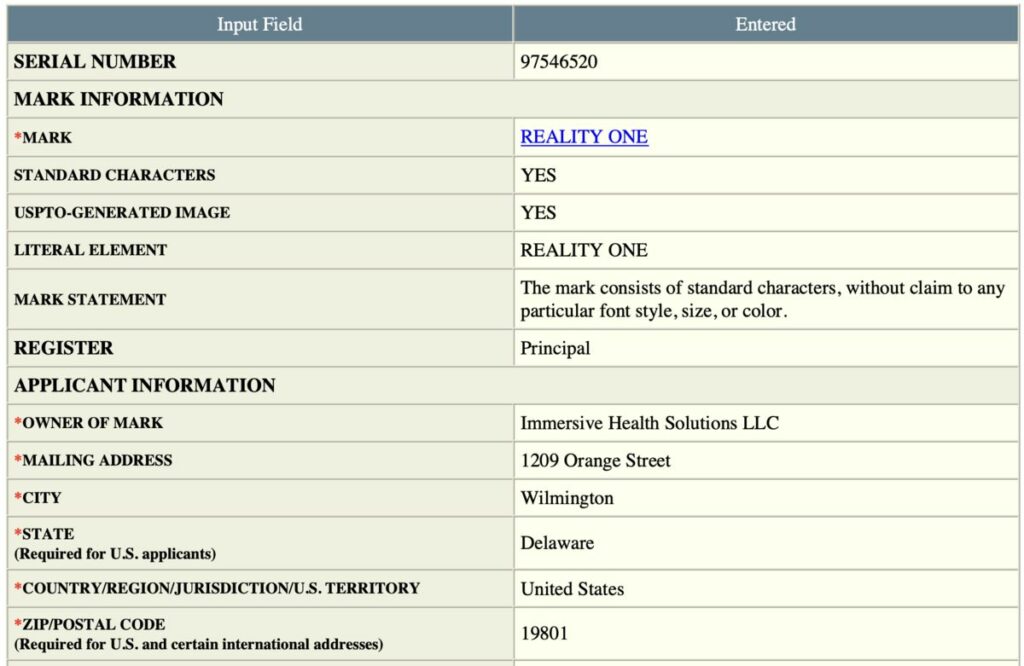
According to analyst Lee Kyu-ha, Apple’s new extended reality (XR) device, which is predicted to be released in 1Q23, is expected to begin mass production around Nov-Dec 2022. Initial production amount is to reach several hundred thousand units, but if actual demand exceeds expectations, this quantity will almost surely increase. Meta Quest Pro, a new XR device from Meta Platforms, is forecast to launch in Oct 2022. (Laoyaoba, Business Korea, UDN, Yahoo)

Samsung has announced that all of its home appliances will ship with Wi-Fi by the end of 2023. These will integrate in SmartThings and enable several smart and eco-conscious routines and suggestions. Samsung claims the combination of smarter and more eco-conscious appliances should eventually reduce your monthly energy bill by 30%. Another, smaller but more significant upgrade will be the full switch to solar-powered remotes.(Samsung, Android Authority
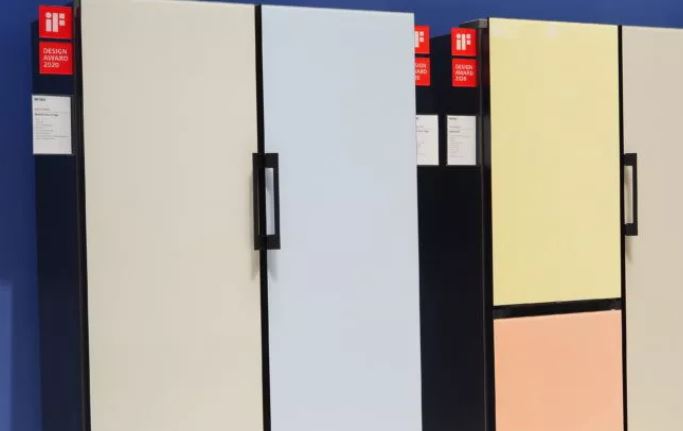

Waymo, the autonomous vehicle developer under Alphabet, is opening up its driverless robotaxi service in downtown Phoenix to vetted local residents. People who have been accepted to Waymo’s “trusted tester” program are eligible to hail a driverless ride — meaning no human safety operator is behind the wheel — in a Jaguar I-Pace EV in downtown Phoenix. Waymo has branded these as “rider only” trips to denote that a human safety operator is not in the vehicle.(CN Beta, TechCrunch, Twitter)
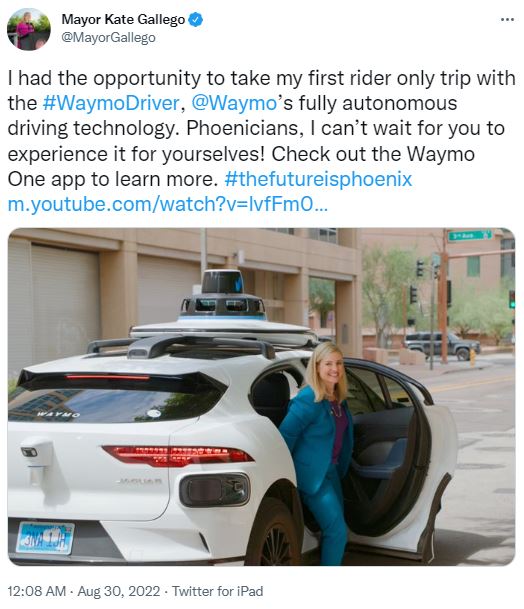
Global passenger electric vehicle (EV) sales grew 61% YoY to reach 2.18M units in 2Q22, according to Counterpoint Research. In total EV sales, battery electric vehicles (BEVs) accounted for almost 72% and plug-in hybrid electric vehicles (PHEVs) for the rest. China remained the market leader in EV sales, followed by Europe and the US. China’s EV sales increased by almost 92% YoY in 2Q22 to reach 1.24M units from just 0.64M units in 2Q21. (Counterpoint Research, Laoyaoba)
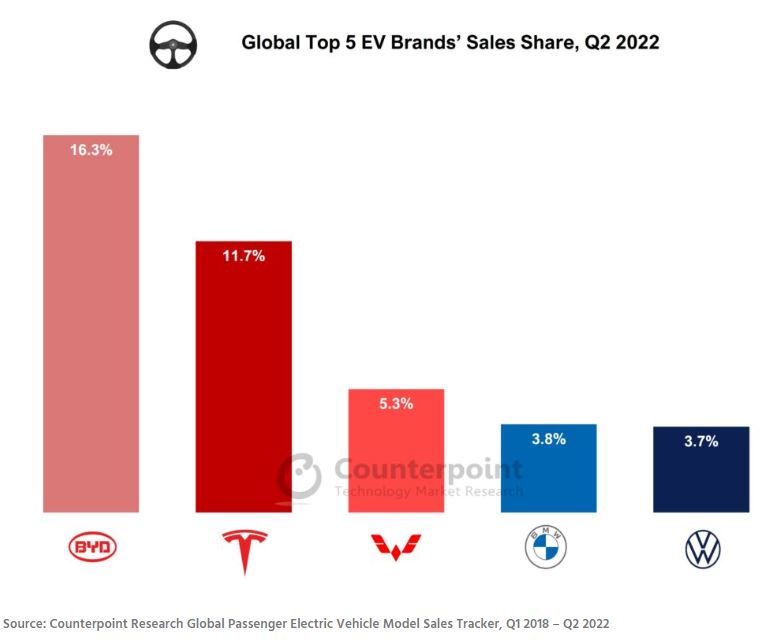
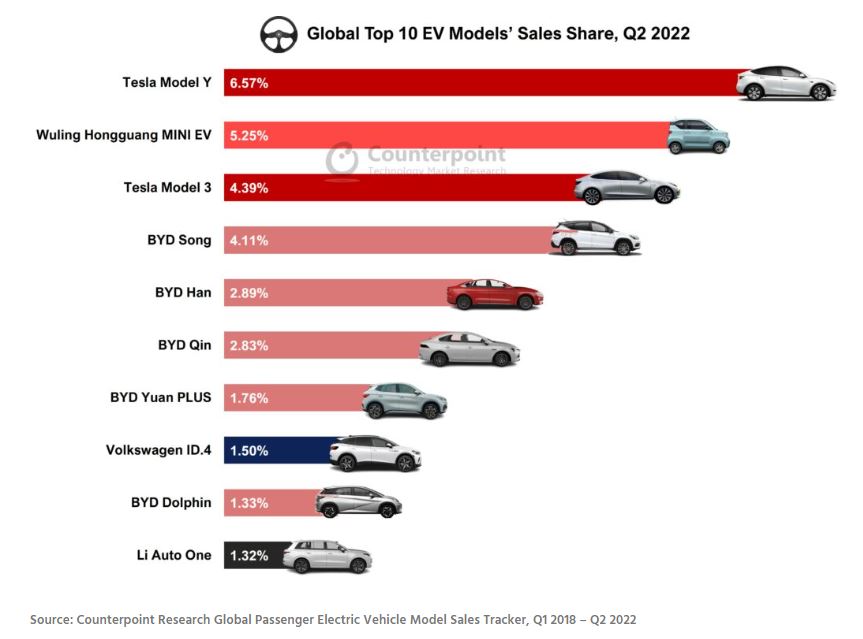

The chairman of Reliance Industries Mukesh Ambani has announced that Reliance Jio platforms has collaborated with Meta to launch the first-ever end-to-end shopping experience on WhatsApp. With this launch, consumers can shop from JioMart right within their WhatsApp chat. JioMart on WhatsApp will enable users in India, including those who have never shopped online before, to seamlessly browse through JioMart’s entire grocery catalog, add items to the cart, and make the payment to complete the purchase – all without leaving the WhatsApp chat. (TechCrunch, Outlook India, India Times)
